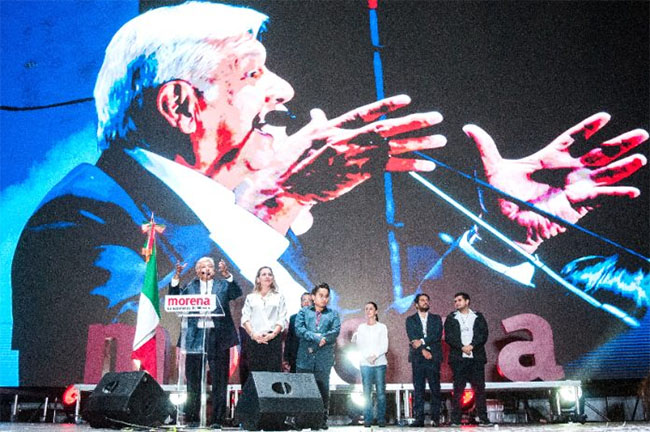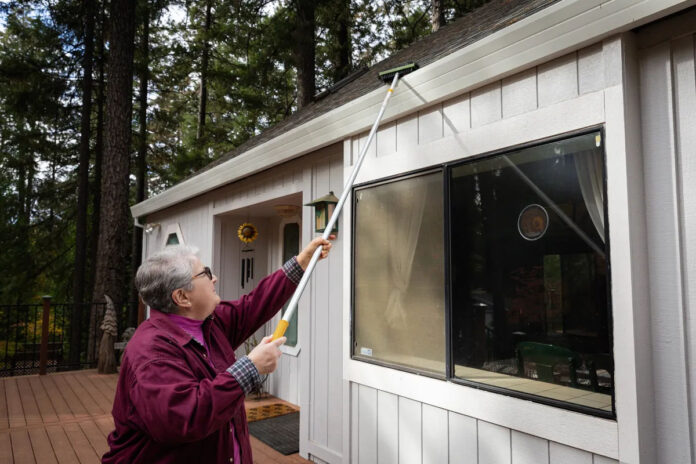For more than twenty years, teaching work has been tainted by the transparency of the process for educators seeking to obtain a formal job within the public education system in Mexico
by Xochitl TC
In Mexico, those people who seek to become teachers at the basic or upper secondary educational level must meet the requirements stipulated by the Ministry of Public Education (SEP), the most important being having a bachelor’s degree in education or some other area of teaching, for example. for example, history, literature or mathematics, as indicated in the last call of the System Unit for the Career of Teachers (USICAMM), which belongs to the same government body.
How many teaching positions are granted each year in Mexico?
According to press release number 137 issued by the SEP on July 12, 2023, for the 2022-2023 school year, 125,509 places were assigned, which highlighted that the designation of said jobs was for the “purpose to prioritize the best interests of girls, boys, adolescents and young people to contribute to access to their right to education and guarantee the provision of educational services.” However, different local media in the state of Puebla, Mexico, have focused their attention on an act of corruption within the teaching profession that – according to the authorities of the Mexican Government – can no longer be possible.
Case of sale of teaching positions in Tezuitlán, Puebla, Mexico.
Through the news outlet El Sol de Puebla, a group of teachers recently graduated from universities and normal schools in the region of Tezuitlán, Puebla, Mexico, made a public complaint against a teacher who belongs to the National Union of Education Workers , identified as “Samuel N”. The teacher in question belongs to section 51 of said organization and also “in his capacity as a union representative, he requested official documents and a payment of approximately 100 thousand pesos to 100 people, who were defrauded in their attempt to enter the educational service of the Ministry of Public Education (SEP)”, stated the newspaper in its digital version.
How much does it cost to be a teacher in Mexico?
Covering the expenses of a university teaching career in Mexico are high. Students must travel from their homes to the study center and if they are lucky they can travel within their own locality and in other cases, they must move to the capital of the country (Mexico City) or their entity to train as teachers; However, the amount invested in basic needs such as food, materials, practices, buses and payment for services such as Internet, will depend on the federal entity where they are located. The specialized financial supplement Dinero en Imagen indicated that “from its gastronomy to its educational proposal, each city in Mexico offers something different for young university students, and the regional differences are reflected in the cost of living” and for that reason, the Young university students invest approximately between 600 and 700 pesos per month.
After graduating, what’s next?
Those graduates of degrees in education or specialized teaching who wish to become professors assigned to the SEP must participate in a contest to assign a teaching position and it is through USICAMM that those interested “will compete on equal terms; “It will be public, transparent, equitable and impartial, in which the knowledge, skills and experience necessary for the learning and comprehensive development of students will be appreciated and ensure the hiring of personnel that meets the necessary professional profile,” this declaration cites said decentralized office of the SEP as part of its annual selection process for the admission of teachers.
In contrast to the admission processes that seek to be carried out in accordance with the law and transparency, there are testimonies that indicate the opposite.
A corrupt practice for more than 20 years
Originally from a municipality located in the northwest of the state of Michoacán, teacher Estela Ibáñez shared with El Reportero her experience in seeking better working conditions within the teaching of basic education in the public system. “I have been working in the public education system for 30 years and once tried to change schools to be closer to my town. At that moment I was able to realize that in the system there is a character called “coyote”, who was or, if they follow these practices, is the manager who “carries and brings” the teacher’s official documentation with the Education Union”, he said.
Likewise, she shared that “when I had the need to distance myself for a time from my duties as a teacher in front of a group, I had to find out what procedures I had to carry out and I first tried to change school campus and they told me that if I decided to do so I would have to pay an amount of 30 thousand pesos (approximately 1800 dollars). “I decided not to opt for a change of staff, but to request a leave of absence for six months and my payment was evidently suspended,” she argued. However, once her leave ended and she returned to her job as a teacher, “I had to give them a month of my salary so that my payments could be made normally, that is, that they would pay me my fortnights as they usually did before my license,” he said.
The sales practice that persists until this six-year term.
It was during the second year (2019) of the government of President Andrés Manuel López Obrador, that the then head of the SEP, Esteban Moctezuma Barragán, declared that “the sale of teaching positions and extortion of teachers persisted, because in these practices senior managers of the education union and the SEP itself participate” and, unfortunately, it is a practice that has persisted throughout Mexico, that is, it has occurred for more than two decades in the 32 entities of the country.
Despite the attempts of the Government of the Republic to affirm that the sale of places no longer exists in Mexico, it is the testimonies of teachers that portray the reality that exists to this day.
How many teachers are there in Mexico?
The National Institute of Statistics and Geography (INEGI) is the body in charge of carrying out demographic censuses in Mexico and through the latest National Occupation and Employment Survey (ENOE), carried out in 2020, it showed that there were 1.2 million people with an occupation. as a basic education teacher, with 69.9% women and 30.1% men.
Jessica Soria, a preschool educator from the state of Jalisco, stated that she had to pay the equivalent of 9 thousand dollars to be placed in a basic teaching position, that is, a permanent job within the SEP, and due to His need to have a permanent job did not matter that the position was granted to him in the neighboring state of Nayarit.
On the other hand, Professor Juan Reyes from the Tierra Caliente area of Michoacán, shared that “although the vacancies are open to the general public and meet the academic profile requested,” the price of being a teacher in Mexico is high, since “that practice has not stopped. People must pay between 14,000 and 18,000 dollars to “buy” their workspace and start a teaching career in the federal education system,” he lamented.
Why is it so attractive to join the SEP as a teacher?
The issue of legal benefits plays an important role for those seeking to enter the SEP and pursue a teaching career or only enter as administrative personnel. Although the salary disparity is evident, because the lowest salary is 180 dollars per month; These days, Mexicans are looking for a job that provides them with job security, to have the right to medical service, vacation bonus, bonus, annual bonus, retirement, among others.
In contrast, stories standout such as those of Mr. Carlos López, who died in 2021 due to a respiratory illness and who unfortunately was not able to leave his 3 minor children a child’s pension. He was an administrative worker in one of the sections of the SEP in Veracruz and during the 4 years that he worked, he only worked in the office. The statute of State workers indicates that only “those minors whose parents have completed -at least- 5 years working within the federal worker system may have the right to a child’s pension.” Mr. Carlos, like other members of the SEP, had to cover a fee of 14 thousand dollars to pay for his work space.
The federal government regarding the sale of teaching positions
Óscar Flores, head of the Administration and Finance Unit of the SEP, stated last February during the morning conference of President Andrés Manuel López Obrador that “in the current administration efforts have been made to redirect resources for the benefit of the workers of education, increasing income, benefits and also, the basicization of more than 945 thousand people.
For his part, AMLO indicated that his government “does not want to sell positions or traffic with the teachers’ payroll, no one is allowed, even if they are the most extreme left or right, no one is allowed, in the country there are no longer tolerated corruption.”
Given the latent facts, these are the testimonies of people who have claimed to have resorted to purchasing a teaching position, because beyond the corruption that remains among high-ranking officials of the SEP, the great need to tell comes to light. with a job in line with legal benefits.










